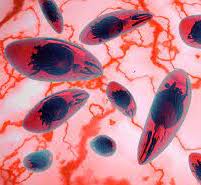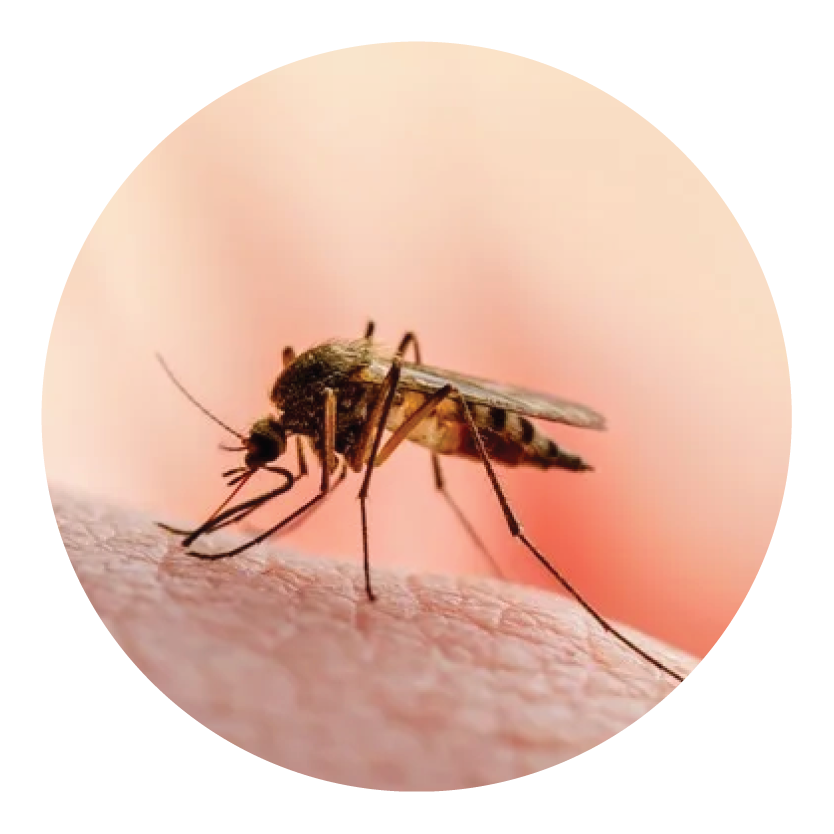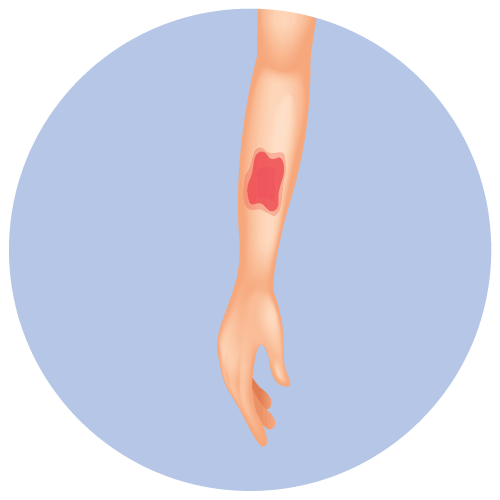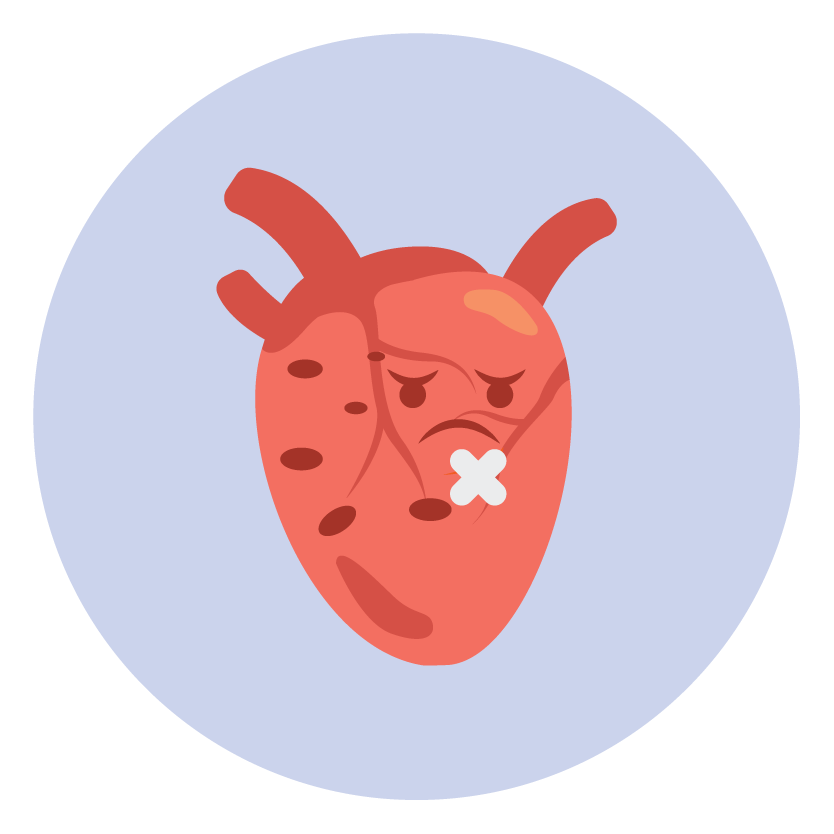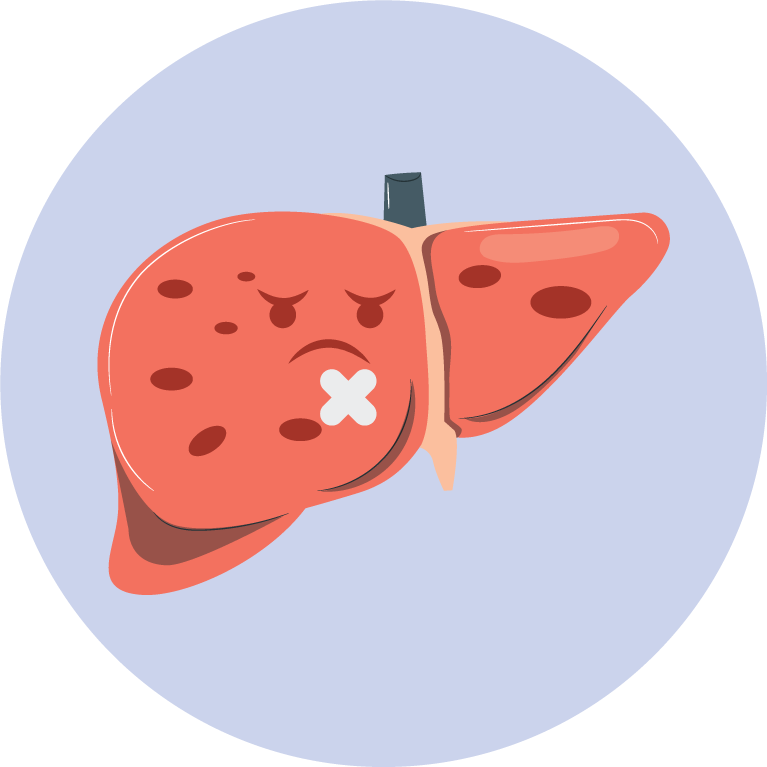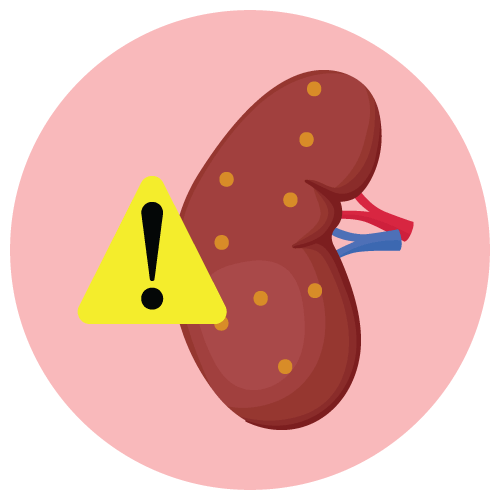| Name | Pyrimethamine |
| Classes |
Antiinfective Agent Antimalarial Agent |
| Diseases |
Infectious Disease Malaria |
Pyrimethamine
Pyrimethamine is an antiprotozoal drug that acts as a folic acid antagonist.
Pyrimethamine is indicated for the following conditions-
- Toxoplasmosis
- Acute Malaria
- Chemoprophylaxis of Malaria
Toxoplasmosis:
The recommended starting dose for adults is 50 to 75 mg of the medicine per day, plus 1 to 4 g of a sulfonamide of the sulfapyrimidine type, such as sulfadoxine. Depending on the patient's response and tolerance to therapy, this dosage is usually sustained for 1 to 3 weeks. The dosage for each drug can subsequently be reduced to roughly half of what was previously given, and the treatment can be continued for another 4 to 5 weeks. Pyrimethamine's pediatric dosage is 1 mg/kg/day divided into two equal daily doses; after two to four days, the dose can be reduced to half and continued for around a month. In addition to Pyrimethamine, the standard pediatric sulfonamide dosage is utilized.
Acute Malaria:
In the treatment of acute malaria, Pyrimethamine is not advised alone. Acute malaria should be treated with fast-acting schizonticides such chloroquine or quinine. Pyrimethamine, in combination with a sulfonamide, will initiate transmission control and suppression of non-falciparum malaria at a dose of 25 mg daily for two days. Pyrimethamine is only advised for patients who have been infected in an area with susceptible plasmodia. If Pyrimethamine must be administered alone in semi-immune people, the adult dose for acute malaria is 50 mg twice daily for two days; children 4 to 10 years old can be given 25 mg twice daily for two days. In any case, the once-weekly chemoprophylaxis regimen outlined below should be followed after clinical cure. Regimens which include suppression should be extended through any characteristic periods of early recrudescence and late relapse, i.e., for at least 10 weeks in each case.
Hypersensitivity responses, including Stevens-Johnson syndrome, toxic epidermal necrolysis, erythema multiforme, and anaphylaxis, as well as hyperphenylalaninemia, can develop when pyrimethamine is given together with a sulfonamide. For sulfonamide-related adverse effects, consult the complete prescription instructions for the specific sulfonamide. Anorexia and vomiting are possible side effects of pyrimethamine treatment for toxoplasmosis. Vomiting can be reduced by taking the drug with food, and it normally goes away after the dosage is reduced. Megaloblastic anemia, leukopenia, thrombocytopenia, pancytopenia, neutropenia, atrophic glossitis, hematuria, and cardiac rhythm abnormalities can all be caused by toxoplasmosis doses.
- Toxoplasmosis treatment requires a dose of pyrimethamine that is 10 to 20 times higher than the approved antimalaria dose and approaches hazardous levels. If signs of folate shortage appear, lower the dosage or stop taking the medicine, depending on the patient's response.
- Folinic acid (leucovorin) at a dose of 5 to 15 mg daily (orally, IV, or IM) should be given until normal hematopoiesis is restored.
Contraindication
Contraindicated in patients hypersensitive to pyrimethamine.
There's no contraindications of pyrimethamine in terms of food and drinks.
Contraindicated in the following conditions
- Pregnancy
- Allergy
- Liver diseases
- Kidney diseases
- Porphyria
|
|
 Bangla
Bangla English
English